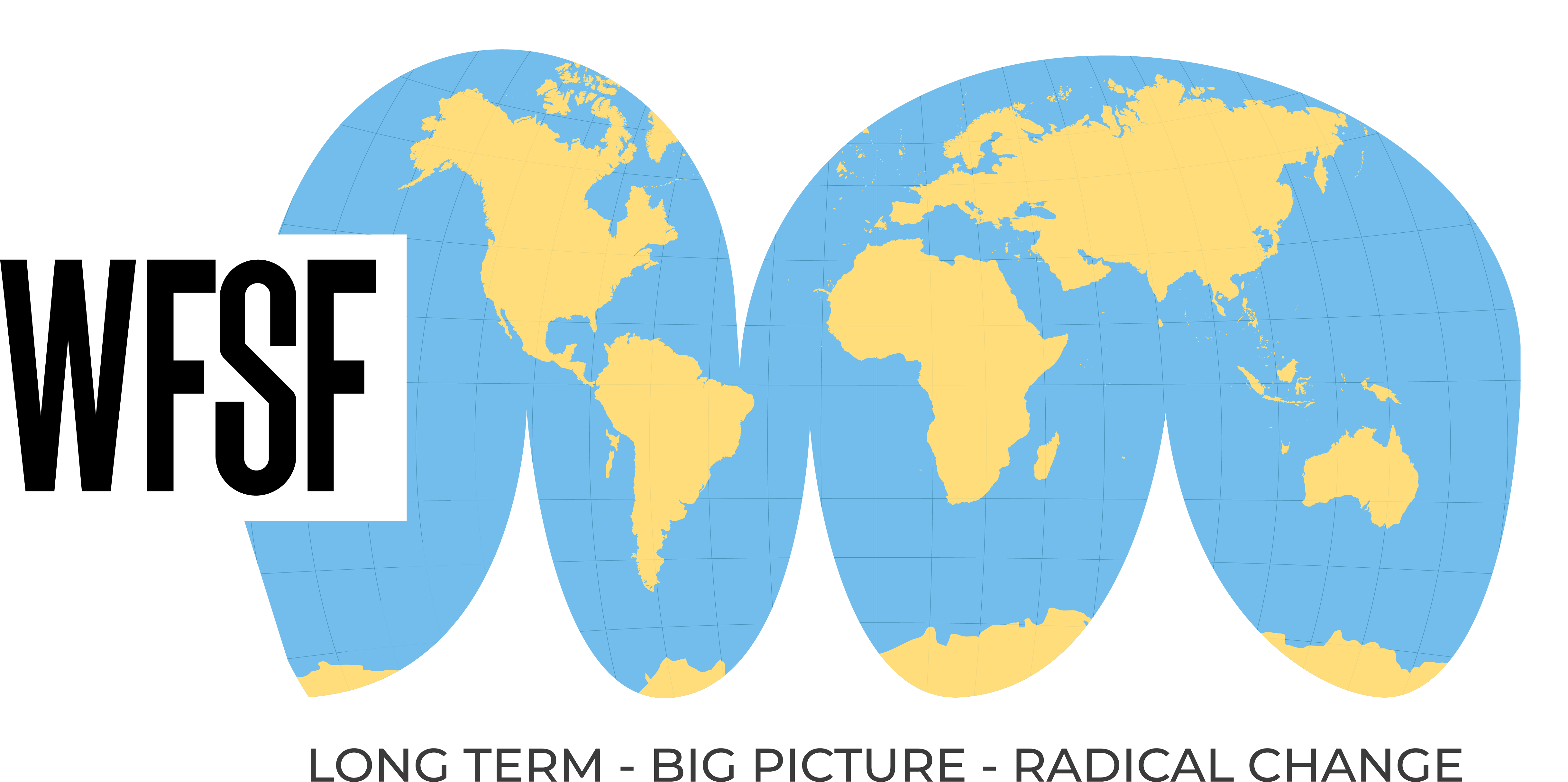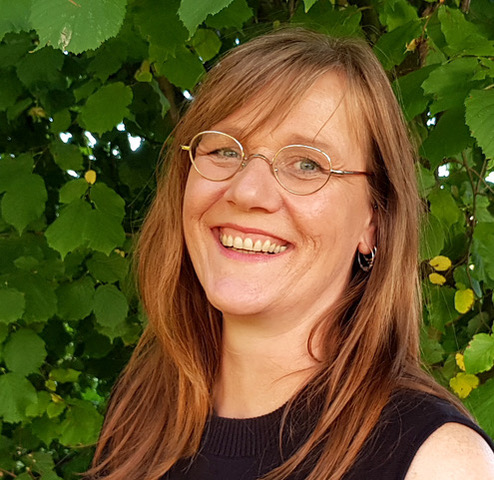24th World Conference

The Open Futures of Air Traffic and the Uncertainty of Future Users
With increasing awareness of the climate crisis caused by human interference, it has become a priority to find solutions for more sustainable lifestyles. Aviation though a cause for pollution also has become relevant in the global market to transport goods and to travel. Thus, within this complex system future scenarios are being explored to develop technologies for sustainable and energy-efficient air transport systems (ATS), to find technical solutions to reduce CO2 and noise emissions, and to design eco-friendly aircrafts. The engineering teams mainly focus on quantitative methods to forecast and optimise the technical aspects of sustainable aviation. Therefore, our research considers the User’s perspective (e.g. costs per trip, travel habits, trust in technological advances etc.) to add a dimension of uncertainty as a fuzzy human system interaction when developing qualitative scenarios as alternative futures. The User-centred approach obtains insights on stakeholders’ perspectives and future users’ needs regarding eco-friendly air travel, now also considering the impact of the COVID 19 crisis. The research references previous studies using the method “Morphological Delphi”. With it the Delphi method is used to determine consensus among experts and combines their projections in a Morphological Analysis to draft plausible scenarios for the ATS in 2050. To also study possible future images, we are exploring Futures Literacy Laboratory as a method. Having aviation experts and today’s users participate, their assumptions and new questions will surface to then be analysed to develop further alternative futures i.e. scenarios. Still, we can only give a fuzzy view of a future User. Thus, we ask: Who are the future Users in 2050 whom innovative products and services are engineered and designed for today? Which User research and test tools can quantitatively and qualitatively shed more light on the preferences of ATS travellers from 2030 up to 2050?

